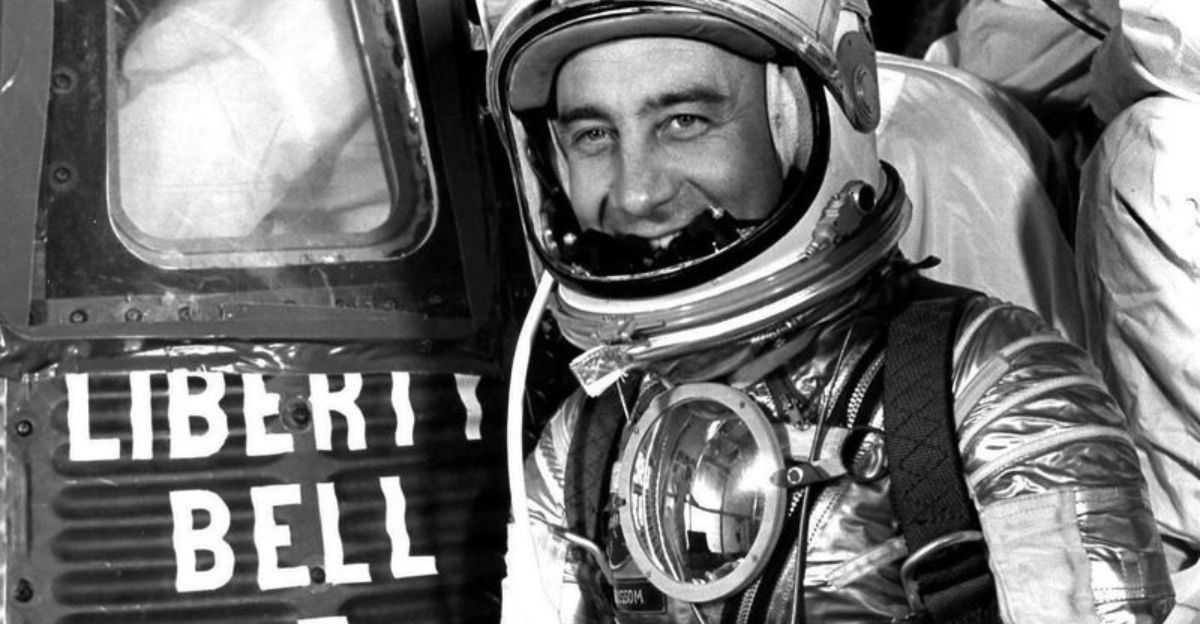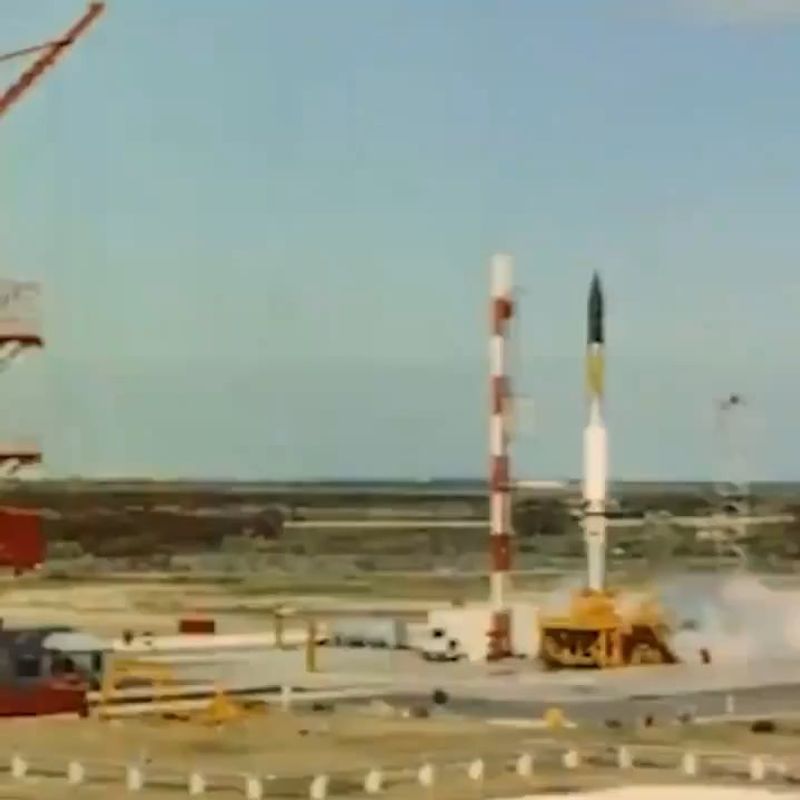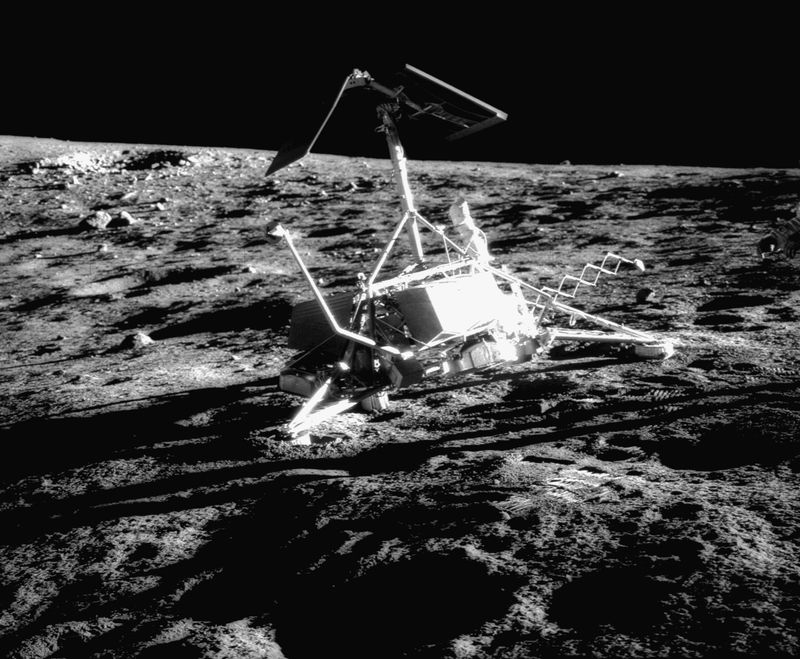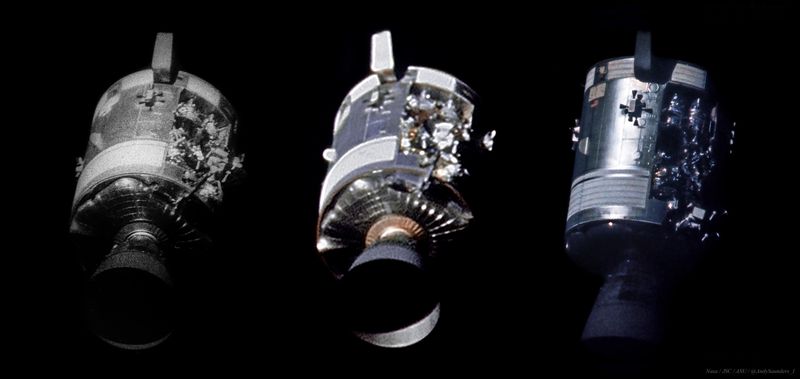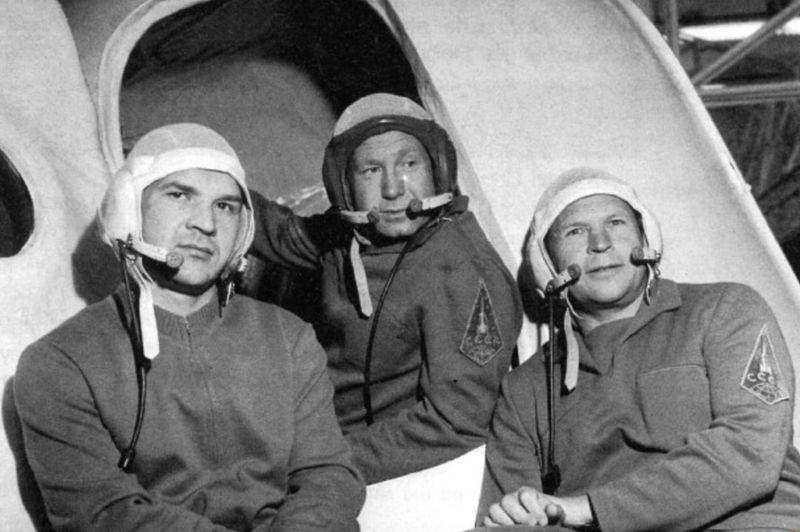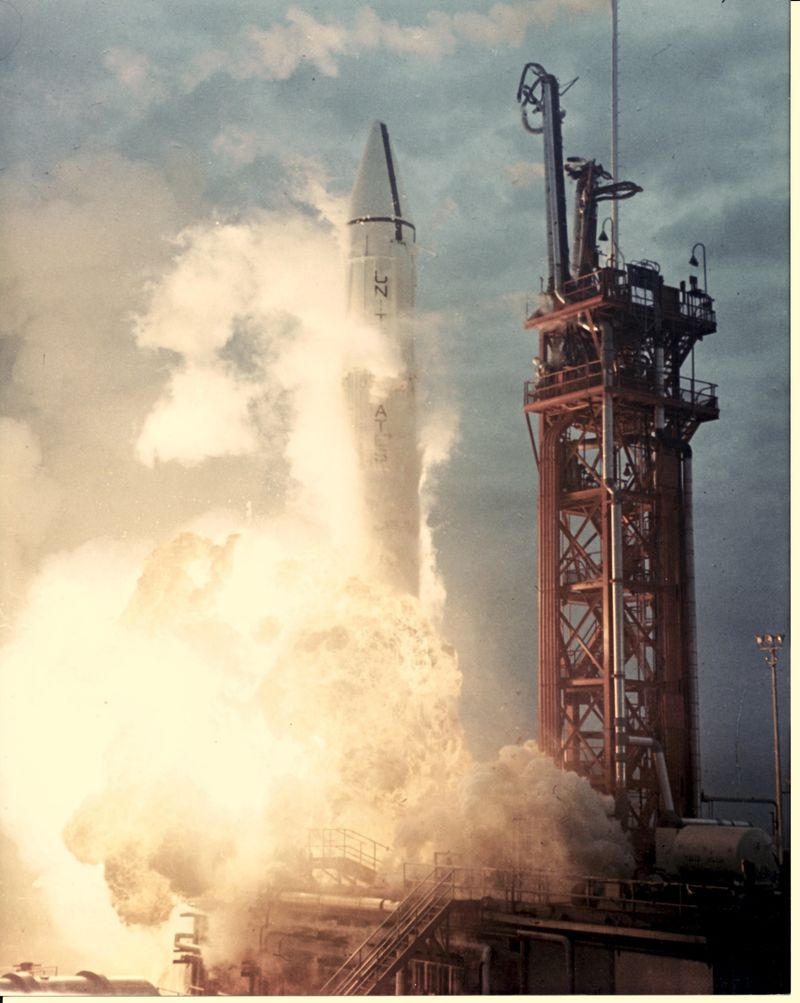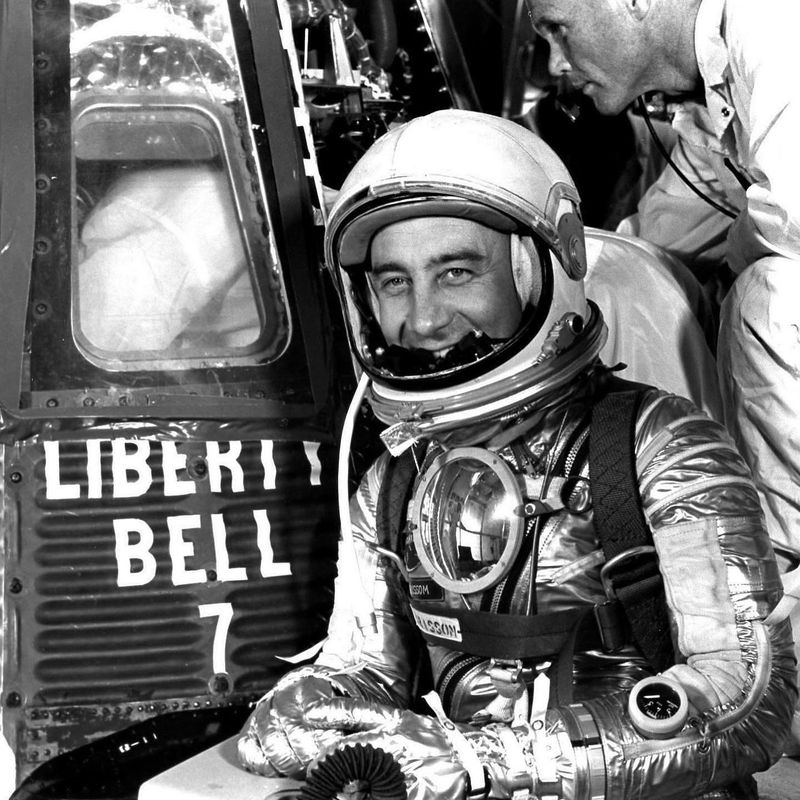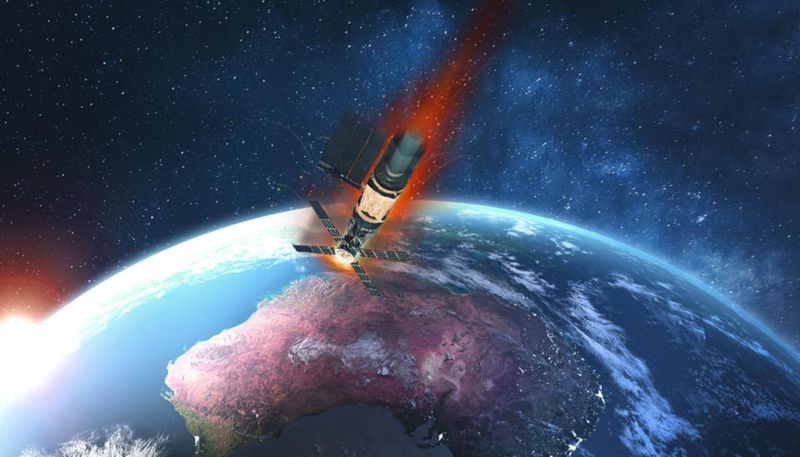The space race was full of triumphs—but also some very awkward blunders. Before NASA became the gold standard in space exploration, its early days were marked by fiery failures, bizarre mishaps, and moments that engineers would rather erase from history. Here are eight embarrassing space-program disasters that NASA probably hopes you’ll never remember.
1. The Rocket That Crashed… Into the Press Stand (Vanguard TV-3, 1957)
Just months after the Soviets launched Sputnik, the U.S. tried to answer with Vanguard TV-3—only for the rocket to explode two seconds after liftoff, raining debris on journalists. The humiliating footage made global headlines, earning it the nickname “Flopnik.” This unexpected disaster left spectators in shock and marked a significant setback for American space ambitions. The images of this catastrophic failure became synonymous with early U.S. attempts in the space race, highlighting the unpredictable nature of rocket science.
2. The Astronaut Who (Almost) Drowned in Space (Gemini 9, 1966)
Gene Cernan’s spacewalk went horribly wrong when his suit overheated, fogged up, and stiffened, leaving him blind and exhausted. He barely made it back inside, gasping: “I’m not coming out again!” This mishap exposed the perils of space exploration, with Cernan’s ordeal serving as a stark reminder of human vulnerability in the vacuum of space. The incident prompted NASA to rethink its spacewalk protocols, ensuring the safety of astronauts undertaking extravehicular activities in the harsh environment of space.
3. The Moon Lander That Toppled Over (Surveyor 3, 1967)
NASA’s robotic Surveyor 3 made it to the Moon… then bounced twice and landed sideways, leaving its solar panels useless. Years later, Apollo 12 astronauts salvaged its camera—now on display at the Smithsonian. This mishap illustrated the difficulties of landing on celestial bodies. Despite its failure, Surveyor 3’s journey contributed to lunar exploration, paving the way for future missions. The salvaged camera remains a testament to human ingenuity and the unpredictable challenges faced during the space race.
4. The Spacecraft That Lost Its Heat Shield Before Reentry (Apollo 13, 1970)
Before the famous “Houston, we have a problem” moment, Apollo 13 suffered another near-disaster: its heat shield was damaged by an earlier explosion. Luckily, it held—or the crew would’ve burned up on reentry. This incident underscored the fragile balance of technology and human courage necessary for space travel. The successful return of Apollo 13 remains a testament to teamwork and ingenuity, highlighting the resilience of astronauts and engineers alike. It stands as a reminder of the inherent risks in space exploration.
5. The Soviet Cosmonauts Killed by a Broken Valve (Soyuz 11, 1971)
Three Soviet cosmonauts suffocated when a pressure valve burst open during reentry. Their bodies were found perfectly seated, with no visible injuries—just blue faces from lack of oxygen. This tragic event laid bare the life-and-death stakes of space travel. Despite rigorous preparations, the unexpected valve failure had catastrophic consequences. The incident prompted urgent redesigns in spacecraft safety systems, emphasizing the critical importance of engineering precision in safeguarding human lives in the unforgiving environment of space.
6. The Rocket That Tipped Over… While Still on Earth (Atlas-Centaur, 1965)
A guidance failure caused an Atlas-Centaur rocket to flip upside down mid-launch, then plunge back down and explode—just 300 feet from the launchpad. This embarrassing failure highlighted the intricate challenges of rocket guidance systems. Engineers witnessed firsthand the volatile nature of early rocket technology. The disaster prompted significant improvements in guidance mechanisms, crucial for the success of subsequent space missions. This incident remains a vivid reminder of the delicate balance between ambition and precision in space exploration.
7. The Astronauts Who Almost Drowned on Landing (Liberty Bell 7, 1961)
Gus Grissom’s Mercury capsule sank after splashdown when its hatch mysteriously blew open. He barely escaped, but NASA spent years blaming him—until evidence proved it was a mechanical failure. This incident sparked debates around astronaut safety and equipment reliability. Grissom’s narrow escape highlighted the unpredictability of space missions and the need for rigorous safety measures. The revelation of mechanical failure underscored the importance of transparency and accountability in advancing space technology.
8. The Space Station That Crashed Into Australia (Skylab, 1979)
NASA’s abandoned Skylab station came hurtling back to Earth, scattering debris across Western Australia. Locals jokingly sent NASA a $400 fine for littering (which went unpaid for 30 years). This unexpected reentry highlighted the challenges of space debris management. Skylab’s uncontrolled descent served as a lesson in planning for orbital decay. The humor of the Australian fine added a human touch to the event, while emphasizing the ongoing dialogue between communities and space agencies regarding space debris.
